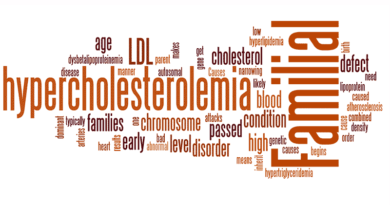Did Finland prove that reducing (saturated) fat reduces heart disease?

In 1970, the Seven Countries Study was published, which aimed to investigate the link between fat consumption and heart disease. The study included two cohorts from Finland - west Finland and east Finland (also known as North Karelia.) The findings showed that there was high mortality from coronary heart disease in North Karelia, but not in west Finland. The study focused solely on men, typical of research at the time, and did not include any women.
It was discovered that North Karelia was experiencing high rates of heart disease and mortality, causing concern among healthcare providers. This led to the implementation of a number of health interventions in North Karelia in 1972, focusing on what were thought to be the major risk factors for heart disease - blood cholesterol, blood pressure, and smoking. It was believed that changing dietary habits would impact blood cholesterol levels, particularly the reduction in saturated fat (the full article explains how reduced saturated fat doesn't impact cholesterol levels but increased intake of foods containing plant sterols will impact cholesterol).
Professor Pekka Puska’s paper, “Fat and Heart Disease: Yes We Can Make a Change - The Case of North Karelia (Finland)”, published in 2009, examined the impact of these interventions. The paper and subsequent literature have claimed that reducing saturated fat intake has led to an impressive 80% reduction in annual cardiovascular disease (CVD) mortality rates among the working-aged population.
However, the reduction in heart disease mortality cannot be solely attributed to a reduction in fat intake. Other factors, such as the dramatically reduced rate of smoking among men, which more than halved, are likely to have played a more significant role in reducing heart disease in North Karelia. It is crucial to keep in mind that the study didn't include women, and in-depth research that includes both genders is necessary to understand the links between fat consumption, heart disease, and mortality rates fully.
There is another factor to consider when examining the findings of the Seven Countries Study in North Karelia. The study only looked at men aged 40-59 in 1956, which means they were between the ages of 23-42 when World War II began in 1939. North Karelia was ravaged during the war, resulting in high mortality rates from heart disease and other causes. The dramatic population displacement that occurred during this time, coupled with the war, would have undoubtedly caused elevated heart and all-cause mortality rates. This means that deaths would have fallen following this traumatic period, no matter whether butter or margarine was put on bread.
In conclusion, the North Karelia study provides valuable insight into public health interventions and mortality rates. However, it cannot be claimed that reduced saturated or total fat reduces heart disease. Smoking reduces heart disease and deaths. Time passing since war and displacement reduces heart disease and deaths. The claims for saturated fat do not withstand scrutiny.




